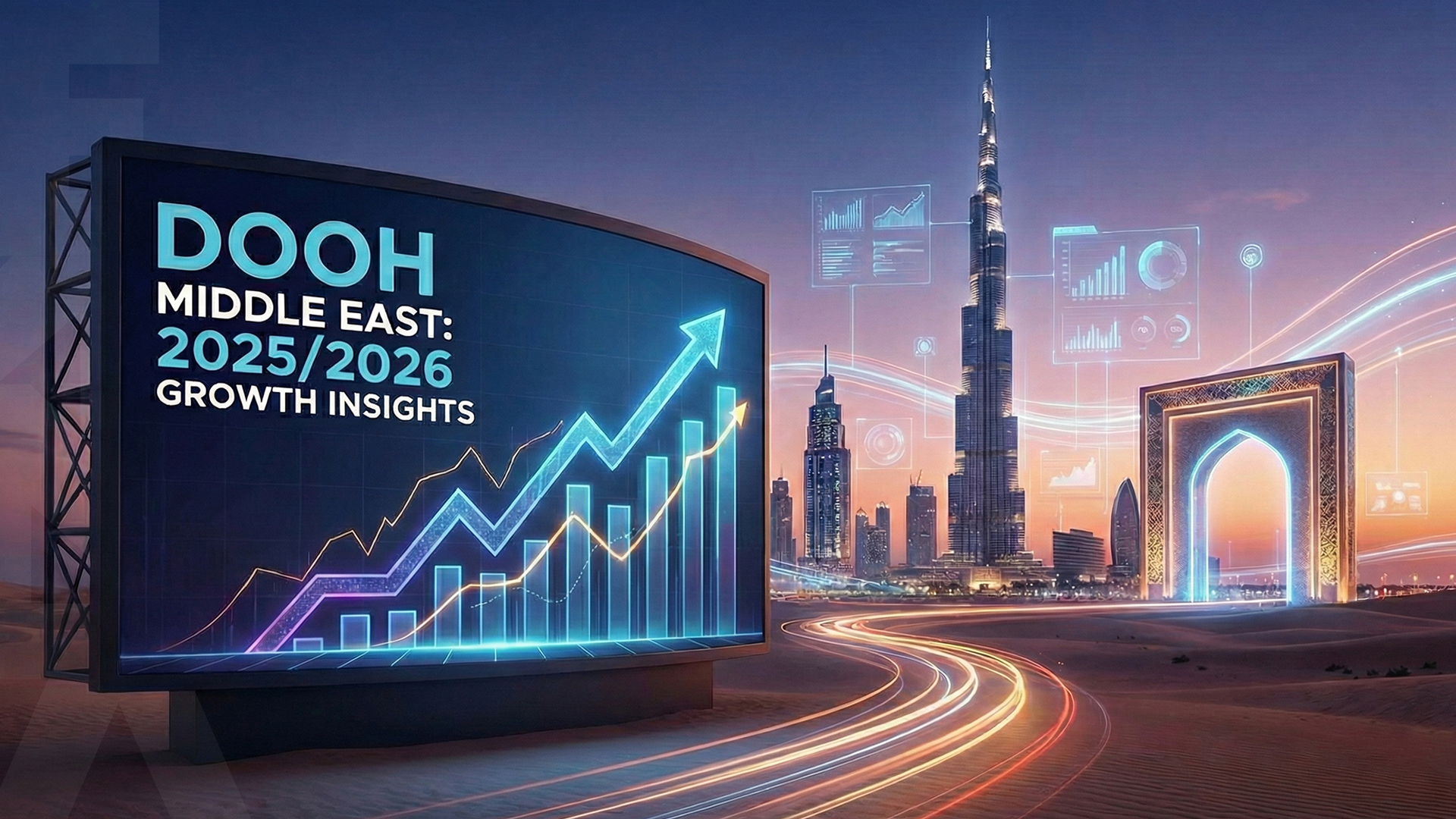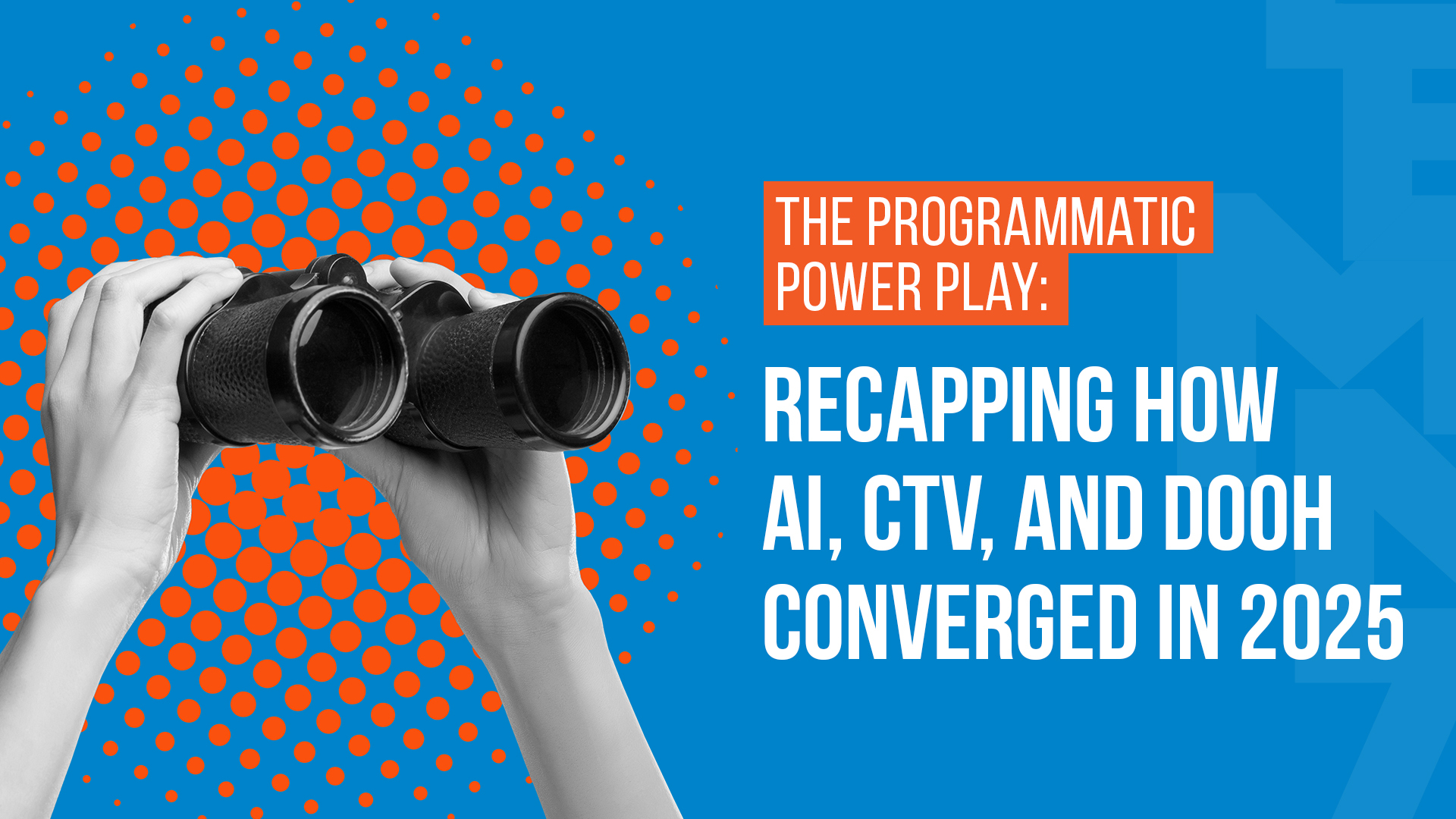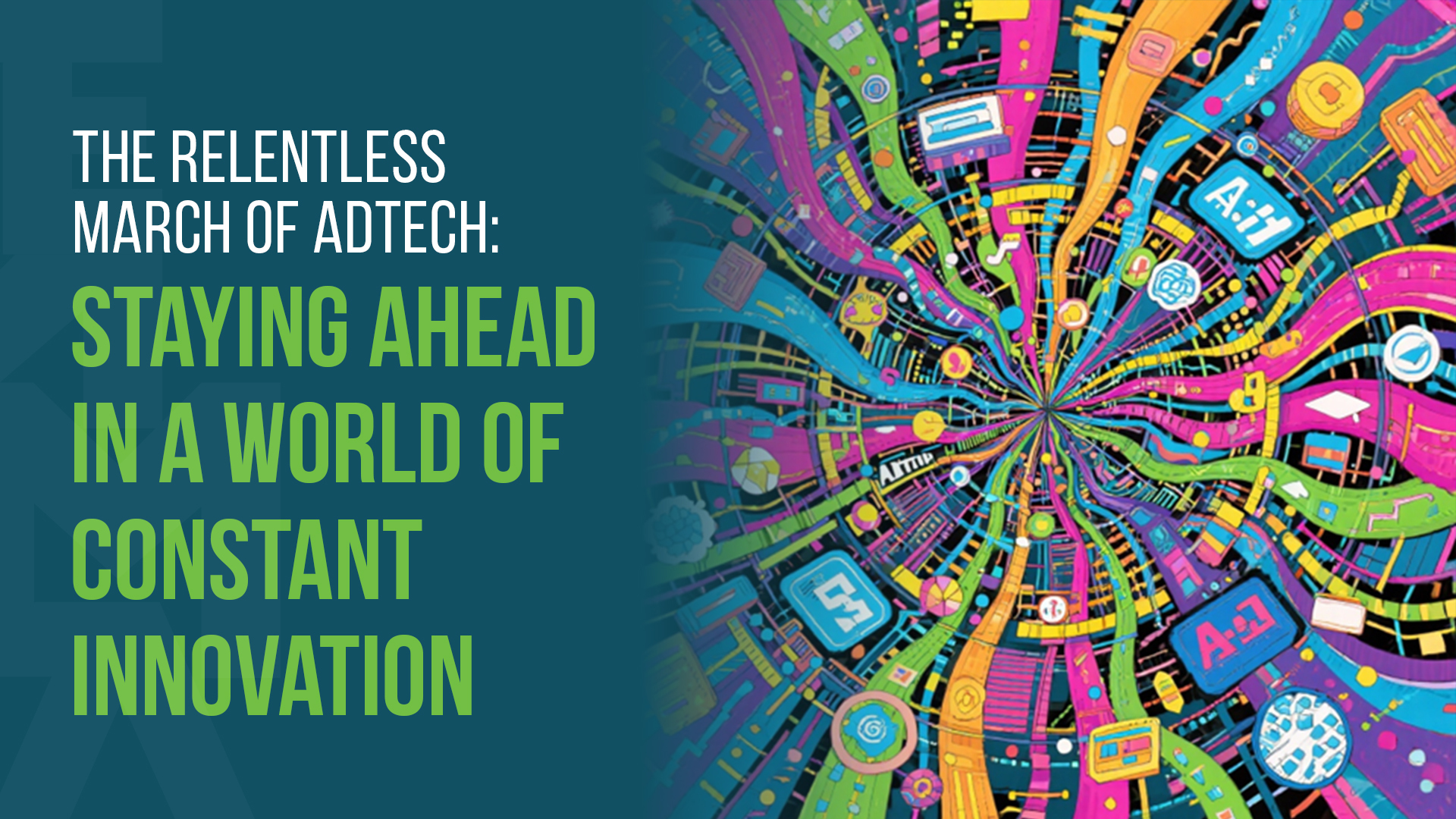Digital Out-of-Home (DOOH) advertising is making strides in Sustainability, as new technologies and innovative approaches begin to reshape the landscape. According to IAB Europe’s 2025 State of Readiness Report, sustainability has become a top priority for businesses, with 74% recognizing its importance and a growing number setting Science-Based Targets (SBTs) to reduce their environmental impact. This shift is also being felt in the world of DOOH, where digital billboards, transit screens, and other outdoor displays are becoming more eco-friendly. In this article, we’ll dive into these exciting innovations and explore how they are making DOOH both impactful and sustainable.
Technological Innovations Driving Sustainability in DOOH
The DOOH advertising industry is embracing innovative technologies to reduce its environmental impact while delivering powerful, engaging content.
1. Solar-Powered Screens
Solar-powered digital screens are one of the most significant advancements in sustainable DOOH. By using renewable energy, these screens cut reliance on the power grid, reducing electricity consumption and operational costs. In sunny areas, solar-powered billboards can even operate independently, offering an environmentally-friendly solution to outdoor advertising.
2. AI-Powered Energy Optimization
AI is making DOOH smarter and more energy-efficient. Through real-time data, AI optimizes display brightness based on factors like time of day, weather, and audience traffic, minimizing energy use. For example, screens can automatically adjust or dim during non-peak hours or overcast weather, ensuring energy isn’t wasted while maintaining visibility. In 2025, as more companies set Science-Based Targets (SBTs), AI’s role in reducing energy consumption will become central to meeting environmental goals.
3. Eco-Friendly Materials
To reduce e-waste, many DOOH displays are now built using recyclable materials, biodegradable casings, and modular components. These eco-friendly designs help extend the lifespan of displays and minimize environmental impact when they are decommissioned. As the circular economy gains traction in 2025, brands are increasingly looking to adopt solutions that fit within a sustainable lifecycle model, both during operation and at the end of a screen’s life.
4. Energy-Efficient Display Technologies
Advancements in LED and OLED display technologies have made screens more energy-efficient, consuming less power without compromising brightness or visibility. These energy-efficient displays are not only more sustainable but also reduce operating costs, making them a smart choice for advertisers looking to reduce their environmental footprint.
5. Remote Monitoring and Maintenance
Remote monitoring systems allow for real-time tracking of digital screens’ performance and energy usage. This technology enables operators to address issues proactively, reducing the need for on-site maintenance, which helps lower carbon emissions from transportation. Additionally, this minimizes downtime and ensures the screens are operating at peak efficiency, reducing energy waste.
Looking ahead to 2025, the sustainability of DOOH will only improve, with continued advancements in technology, the rise of renewable energy adoption, and AI-driven energy optimization. The industry is poised to become more energy-efficient, and programmatic solutions are key in aligning advertising with sustainability goals. At Lemma, we are proud to be part of this transformation, empowering businesses to achieve their environmental objectives while delivering impactful advertising.














